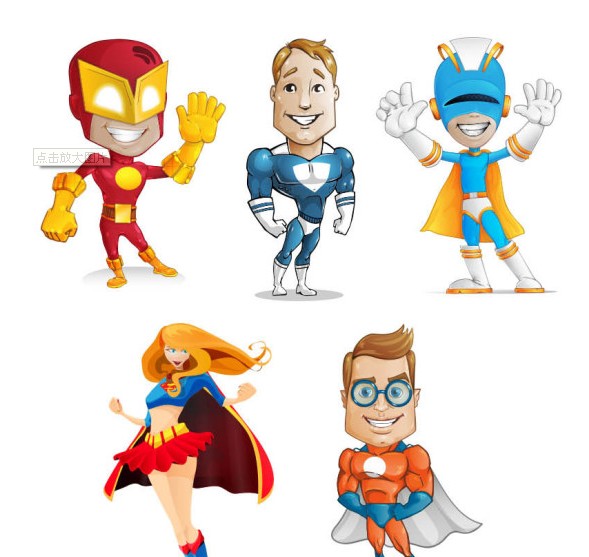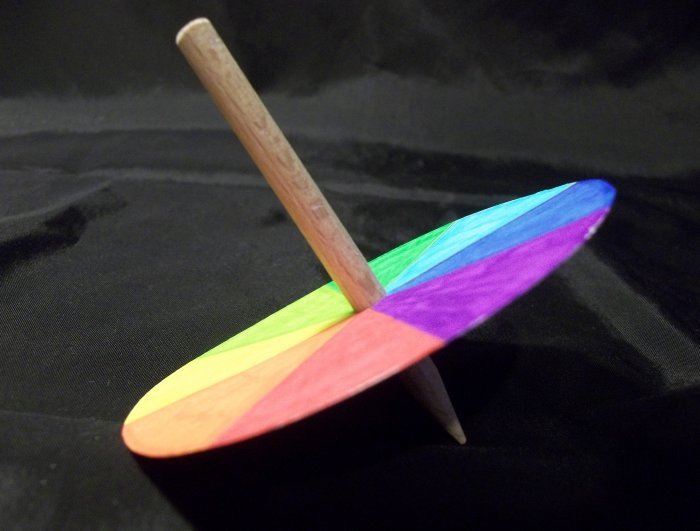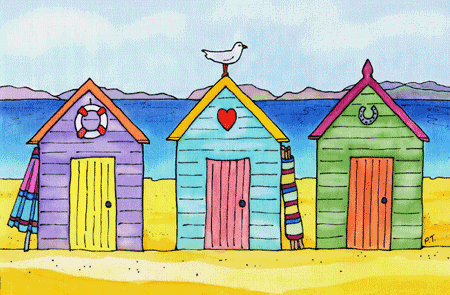Some of us are beginning to get organised for December and thinking of ways to link language learning,culture and celebrations.
Every year we celebrate with our young language learners- Saint Nicholas Day.
Children in Europe hope to receive a stocking or a shoe filled with treats from Saint Nicholas for their good behaviour.
Let's move this in to the world of language learning.
Let's reflect on our learning this term ands let's look at how we are developing our skills of language learning too!
(In fact this could make a great AfL tool or even a summative assessment task).
The activities below will take two lessons or the shoe can be produced as a ten minute follow up activity at the end of a couple of lessons over the next couple of weeks and then you will need one lesson for the actual language learning activities.
What to do?
- Take the simple shoe template. I have just pinned a template for a Saint Nicholas shoe here on my Janet's language learning pinterest board
- Give all the children a template and ask them to create their own Saint Nicholas shoes.They can decorate the shoes with target languae items and pictures or cartoon characters,symbols and flags to represent facts andfestivals you may have already considered with them this Autumn term. that throughput the term.
- Once the shoes are ready and have the children's names written on the soles - as a target language sentence (maybe with more advanced learners they can tell you ore about themselves - where they live, what they like etc).
- Now you need to select the type of activity to suit the age and stage of the children.
- Practise numbers.Then give the children number cards and ask the children to help you select the correct number card and put in in their own shoes.
- Can they take the numbers out of the shoe after the activity and tell a partner the numbers.
- Can they put all the numbers back in their shoes in a pile from lowest to highest and count them in and say them as they put them in the pile.
- Ask the children to place them on a window ledge- ready to receive a treat or reward in the shoes from Saint Nicholas!
Year Three /beginners
(Practising pronunciation,broadening vocabulary, reading out loud, using a bilingual dictionary)
- Practise using bilingual dictionaries with the children.think about foods and presents and colours of Christmas time.
- As a class invedstigate the letter strings and sounds of the new words and dicuss patterns and sound links.Say the words out loud.Ask for volunteers to read aloud independently the words.
- Now give the children 10 blank pieces of card.Ask the children to spurce for themselves, write out and decorate the ten cards.then ask them to place them in alphabetical order in their shoes.
- Ask the choldren to share their shoes with a partner.Can the partner identify the item from the picture , can they try to apply sound and letter string rules to read out loud the words in the target language.
- Ask the children to put the words back in their shoes again - in alphabetical order and then place them on a window ledge- ready to receive a treat or reward in the shoes from Saint Nicholas!
Year 4 and Year 5 (Moving On)
(Practising pronunciation,broadening vocabulary, reading out loud, using a bilingual dictionary, exploring basic grammar, speaking and writing in full sentences)
- Practise with the children how they can express a like or a dislike and the question and answer they can give for a like or a dislike.
- Perhaps some of your older or more advanced learners (Year 5) children can express an opinion too and add an additional clause.
- Investigate as a class using bilingual dictionaries key nouns that we associate with Christmas e.g presents, food, types of food such as sprouts(!!) , carols, Christmas tree. Christmas decorations, cards,shops , family.discuss the sound spelling links and alos the gender of the nouns and whether theses are singular or plural.
- Ask the children to use bilingual dictionaries to write in draft four sentences about Christmas - two "love" and two "like" and maybe one "dislike" sentences.Ask them to think carefully about how they write the nouns and the plural form if necessary of the nouns too.They can add an opinion clause too if they are able to.
- Now ask them to write these sentences out in best on strips of paper and to decorate the reverse side of the strips of paper.The children must fold up the strips in to conertinas, each fold is after a single word and place these in their shoes.
- Ask a partner to trake out the concertyian- read aloud the words as they unfold the concertinas and then to say the sentence a second time without reading the paper and mime the meaning of the sentence.
- Ask the children to put the folded concertina strips back in their shoes again and then place them on a window ledge- ready to receive a treat or reward in the shoes from Saint Nicholas!
Year 6 (Advanced)
(Practising pronunciation,broadening vocabulary, reading out loud, using a bilingual dictionary, exploring basic grammar, writing in full sentences, describing people,places and objects)
- Take a look at the verb "to be" in the target languge
- Look at singular and plural nouns associated with Christmas
- Model and disucss the use of thrid person singular "is" and third person plural "are" with singular and plural nouns.
- Play a game ,where you ask the children to decide if they should use "is" or "are" as you mime and slowly write up on the white board one of the nouns you have shared.
- Now ask the children on their tables to brainstorm key Christmas nouns in English and then look for and check spelling of these in the target language in a bilingual dictionary.
- Can the table now brainstorm and look up adjectives (atleast two per noun) to describe the items e.g mouldy sprouts or colourful presents etc.
- Give each child a set of five cards.On the front they need to write in the target language a full sentence using part of the verb "to be" and the correct third person singular or plural form plus the noun they have selected and the adjective or adjectrives they want to use to describe the item.The children must try to agree the adjective with the noun! On the reverse they need to decorate the card with the item they are describing so that it looks like the description they have chosen.You can differentiate the task by suggesting to sokme children they use the language the table already brainstormed, to others they must use this as a platform but add new adjectives and to others they should try to create atleast two independent brand new sentences with their own sourced language from the bilingual dictionary.
- Ask the children to put the cards back in their shoes and then place them on a window ledge- ready to receive a treat or reward in the shoes from Saint Nicholas!




























